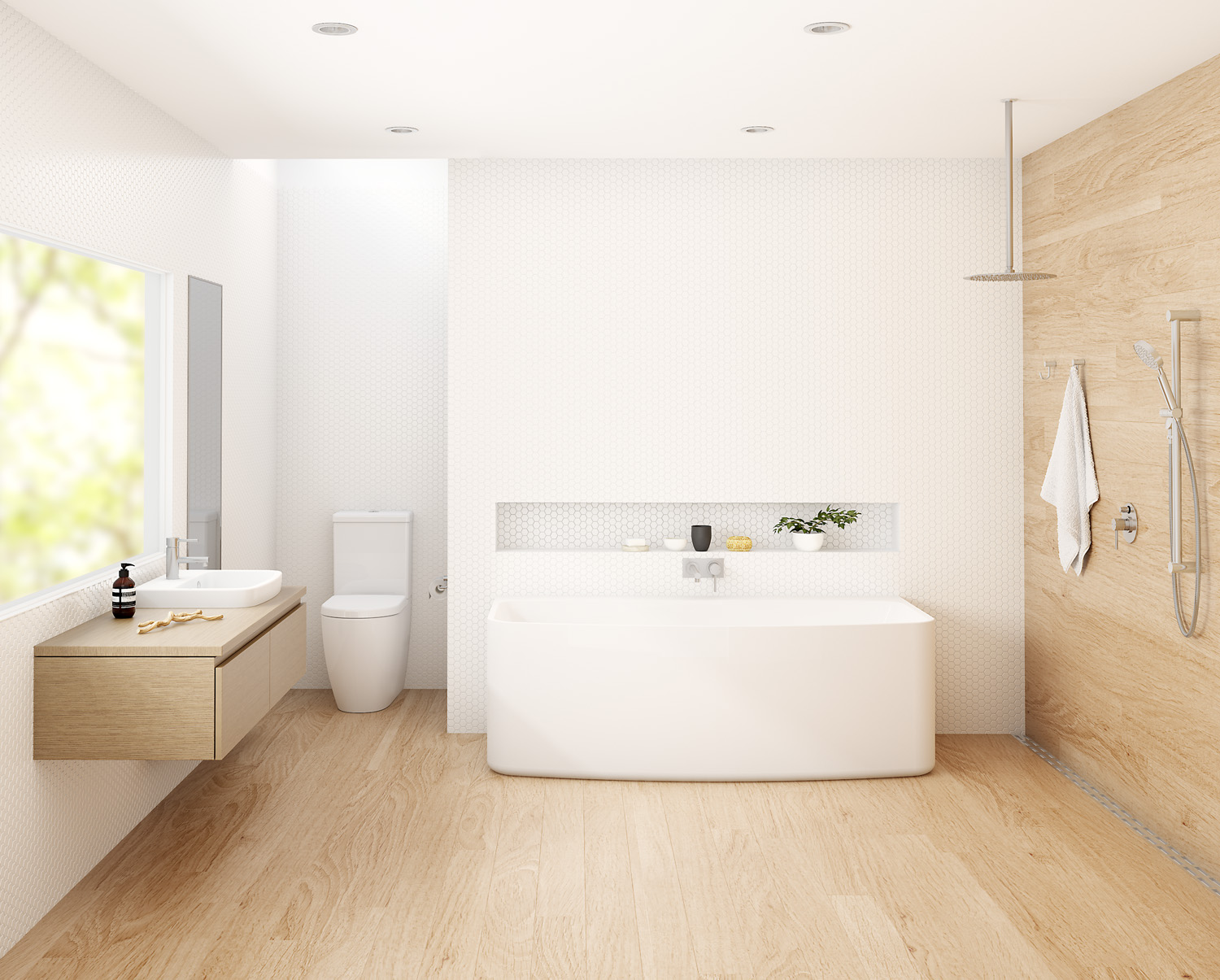“There’s no place like home,” said Dorothy in the Wizard of Oz, and while she may have wished for her farmhouse in Kansas, it’s hardly the final word in what a home can be.
Having spent much of the last five years both living and travelling throughout Asia and Africa, I’ve seen firsthand how different the concept of home can be in different cultures. While the “Australian Dream” might be for a house with a yard, for example, most families in the buzzing, densely-populated city of Seoul, South Korea generally aspire to an apartment in one of the city’s thousands of high-rise towers. While these apartments might come complete with traditional heated ondol floors (perfect for the cold Seoul winters) and possibly a special kimchi refrigerator to keep that all-important Korean condiment at a constant temperature, they also tend to be tiny, usually less than 100m2.
Nor does home even have to be a constant place. While I’ve spent a year at a time living out of a 40-litre backpack, there are an estimated 30-40 million people worldwide who are permanently itinerant, following a traditional nomadic lifestyle. Nearly half of Mongolia’s population might live in the blocky, smoggy, urbanized sprawl of Ulan Bator, but another third still are still pastoralists, horsemen and herders driving their flocks across the steppes in search of pasture. For this million-strong population, home is a ger or yurt, a portable circular hut made of wool felt supported by a timber frame, and carried on the backs of yaks or camels, which can be assembled in as little as two hours. In Mongolian, in fact, ‘ger’ literally means ‘home’.
By contrast, the peoples of Lesotho, a mountainous landlocked country inside South Africa, used to be pastoralists who moved between high pastures in summer and low valleys in winter until this pattern was disrupted by the pressures of colonialism. Needing a home that could stand up to both the intense sun of summer and freezing cold of winter in the mountains (80% of the country lies above 1,800 metres), they devised a type of circular rondavel known as a mokhoro, built with thick walls of mud and stone for insulation and a heavy thatch roof to keep the weather out. Often partially built into the hillsides of north-facing slopes, these traditional dwellings are an excellent example of passive heating and cooling, embodying principles now being adopted in the low energy “passive houses” of Scandinavia.
Of course, it’s also often said that “home is where the heart is,” and in most of the places I’ve lived or visited, considerations of family (and extended family!) are central to the concept of a home. Whether in India, Mozambique, or Guatemala, I’ve most often found grandparents, grown children, and grandchildren happily living together in “generational” households. Surprising as it may seem, this trend toward “permaculture” living is on the rise in Australia, too: from 1981-2006, the number of multi-generation homes in Australia increased by 26.7%, according to the Australian Housing and Urban Research Institute.


